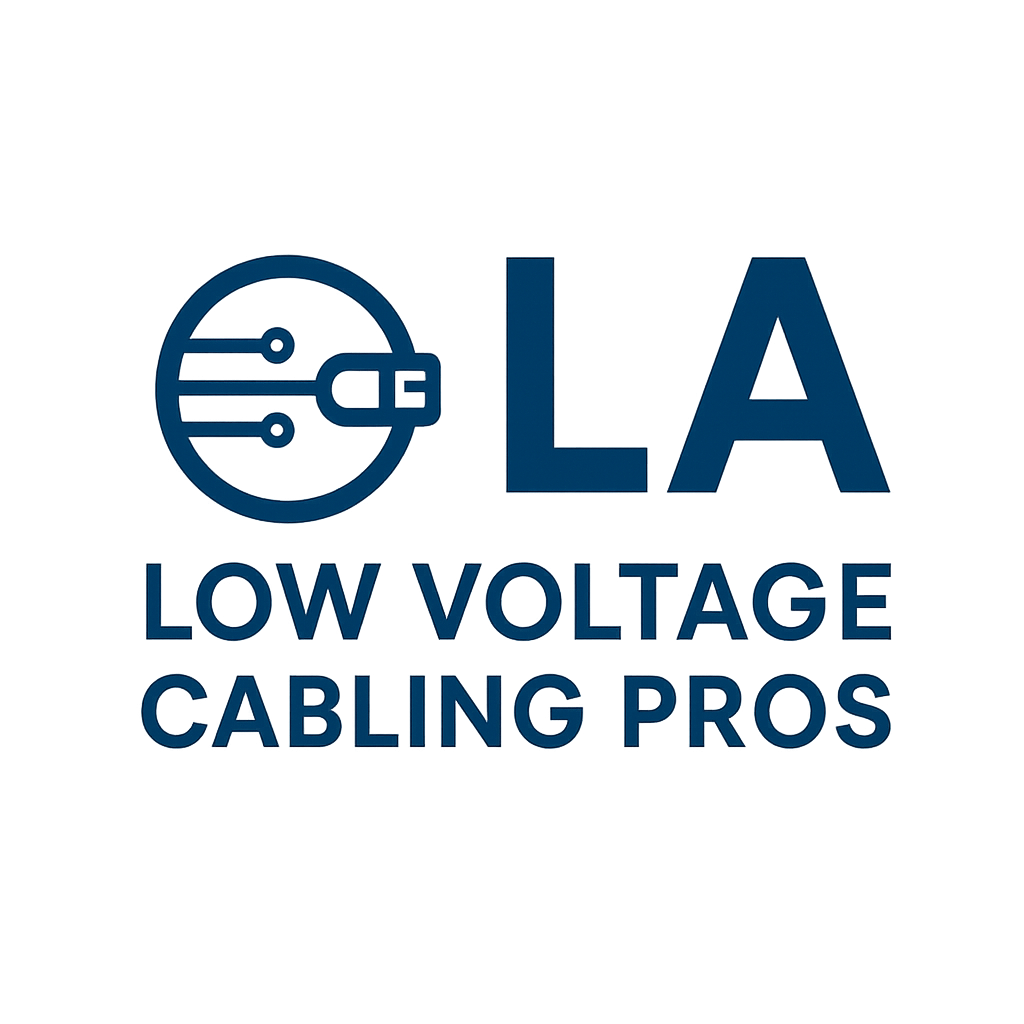Guide to Structured Cabling in California: Building Reliable Networks for Homes and Businesses
If you’re looking for a complete guide to structured cabling in California, you’re in the right place. Whether you’re setting up a new office, upgrading your building’s IT infrastructure, or improving your home network, structured cabling is the backbone that keeps your technology running smoothly. With proper planning and professional installation, you can create a system that supports faster speeds, cleaner connections, and long-term scalability. At LA Low Voltage Cabling Pros, we provide expert solutions for residential and commercial cabling needs across California.
What Is Structured Cabling and Why It Matters
Structured cabling refers to the standardized network of cables, connectors, and hardware that form your communication infrastructure. It supports voice, data, video, and various other systems like security cameras and access control.
A well-designed structured cabling system in California ensures:
- Faster and more stable network performance
- Easier troubleshooting and maintenance
- Compatibility with future technologies
- Neat, organized installations that comply with local building codes
In short, it’s not just about running cables — it’s about building a strong foundation for everything that connects to your network.
Key Components of Structured Cabling
A typical structured cabling setup includes several key parts working together:
- Entrance facilities – Where your internet or telecom provider connects to your building
- Backbone cabling – The main network lines connecting different floors or areas
- Horizontal cabling – Runs from wiring closets to individual workstations or devices
- Telecommunications rooms – Central points for patch panels and switches
- Work area components – Wall outlets, jacks, and patch cords that connect your devices
Each part plays an important role in keeping your network reliable and efficient.
Why Structured Cabling Is Essential in California
California businesses and homes depend heavily on fast, uninterrupted connectivity. From tech companies in Silicon Valley to entertainment studios in Los Angeles, structured cabling provides the speed and dependability that modern life demands.
Some of the biggest benefits include:
- Improved performance – Support for high-speed internet and large data transfers
- Reduced downtime – Easier management and faster troubleshooting
- Future-proofing – Ready for upcoming technologies like 10-Gigabit Ethernet and IoT
- Compliance – Meets California’s strict building and safety codes
Whether it’s a hospital in Sacramento or a retail store in San Diego, structured cabling is what keeps every device connected and running smoothly.
Structured Cabling Standards and Regulations in California
California follows national and international standards to ensure safety and performance. Professional installers typically adhere to:
- ANSI/TIA-568 – Standard for data cabling performance
- ANSI/TIA-606 – Guidelines for labeling and documentation
- TIA-569 – Pathways and spaces for telecommunications cabling
- California Building Code (Title 24) – Local safety and fire-resistance requirements
Working with a licensed contractor ensures your project meets both industry standards and state regulations, helping you avoid costly rework or compliance issues later.
Where Structured Cabling Makes the Most Impact
Structured cabling provides value across many industries and property types in California:
- Corporate offices – Efficient data networks for communication and collaboration
- Educational institutions – Reliable Wi-Fi, VoIP, and computer lab connections
- Healthcare facilities – Secure and stable systems for patient data and monitoring
- Residential properties – Smart home integration and seamless streaming
- Retail and hospitality – POS systems, surveillance, and customer Wi-Fi support
No matter the industry, structured cabling enhances both productivity and reliability.
Why Work with a Licensed Cabling Professional in California
Hiring certified structured cabling contractors in California makes a major difference in quality and performance. Professionals understand the unique electrical codes, permit requirements, and environmental factors — such as heat, humidity, or fire rating — that affect installations across the state.
Certified installers:
- Follow state and national wiring standards
- Use high-quality, tested materials
- Provide detailed documentation and labeling
- Offer warranties and long-term support
This ensures your system is not only efficient but also compliant and easy to maintain.
Planning Your Structured Cabling Project
Before installation begins, it’s important to plan carefully:
- Assess your network needs – How many devices, access points, and servers will be connected?
- Design your layout – Include space for future growth or technology upgrades.
- Choose the right cables – CAT6 or CAT6a for most businesses, or fiber for high-capacity backbones.
- Hire a qualified contractor – Ensure they hold a California C-7 (Low Voltage Systems) license.
- Test and certify – After installation, cables should be tested for performance and compliance.
This process helps you get a system that’s fast, reliable, and ready for expansion. Following proper techniques is essential for network reliability. Check out our low voltage cabling best practices for detailed guidance.
Upgrade Your California Network Today
If your network is lagging, cluttered, or outdated, now is the best time to invest in structured cabling. Whether you’re in Los Angeles, San Francisco, or anywhere in between, professional installers can design and build a system tailored to your needs.
A properly designed structured cabling system ensures your network performs at its best — not just today but for years to come.
Contact your trusted structured cabling experts in California today to get started on building a faster, smarter, and more reliable network for your home or business.
